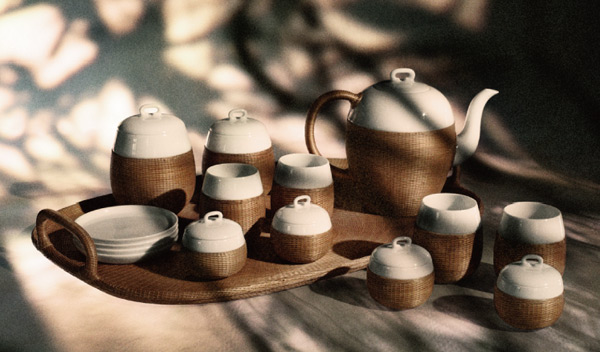
Sophie Maxwell, Insight Director at Pearlfisher, reveals how emerging markets are creating demands for new ways to express cultural convergence in luxury branding
CHANEL’s ‘Paris-Bombay’ 2012 Métiers d’Art Collection
The lustrous world of the luxury brand is experiencing a moment of pivotal transformation and, perhaps, translation. It’s one that links the established, western luxury world, with the new consumer, to the East. And it is creating an East-West union, where western brands are imbibing eastern aesthetics to create new and exciting forms of expression.
But the question is – is it going far enough? Are today’s luxury brands embracing the East in a way that is truly new, exciting and ripe for the new Millennium? Are they really speaking to the emerging face of luxury consumption? No longer traditional and home grown, but driven by the cultural diversity of a new global audience?
We know that until now, the West has held the reins of the luxury brand’s provenance and heritage. However this is changing and where it will end we’re not so sure. What’s certain is that signs of a new approach are emerging.
“ Many luxury giants have embraced Eastern influence but have been showcasing this within the parameters of their own brand identity ”
From Vuitton and Diwali to Hermes’ saris, many of the luxury giants have embraced Eastern influence and aesthetic – but have been showcasing this within the parameters of their own brand identity. Chanel is another good example. The 2012 Metiers d’Art collection shown in Paris last December broke free of the House’s western roots with a collection inspired by India.
But that was as far as it went – its intricate embroidery was stitched by the French embroiderer Lesage rather than at the source of its inspiration. The point of these collections, of course, was to showcase the craftsmanship behind the French ateliers (now owned by Chanel). However exquisite, it brings us back to the question, is cultural inspiration enough?
Surely designers and luxury houses have always been inspired by different cultures? Right now we’re at a tipping point where we are ready for – and eagerly anticipating – the next step as we look for a truer fusion of culture, craftsmanship and expertise. As we look at the potential for the future creation of a truly panoptic brand.

A tea set by Shang Xia, the Eastern luxury brand owned by Hermès
Perhaps this will be as a new brand conceived by the West, but rooted in the East, as in the spirit of Shang Xia. Owned by Hermes, Shang Xia combines modern European design with traditional Chinese craftsmanship. And as Patrick Thomas, Hermes chief executive says “The idea is to bring the Hermes philosophy to China, to create a Chinese Hermes. If Shang Xia becomes a competitor to Hermes, that would be a success”.
Most importantly, Shang Xia’s Creative Director is Chinese. They are not just looking to the cultural inspiration of the East but living it and working with it. Or, as a new brand from the East, that celebrates the ideals of the West. This is yet to happen. Or, as a brand that embraces the greatness of both the East and the West. This too, is a part of the future and in my opinion, the ultimate expression of the new luxury.
“ Shang Xia is not just looking to the cultural inspiration of the East but living it and working with it ”
With all of this in mind, during an internal luxury summit, we put our designers to work on a concept that would celebrate both the East and West in an authentic and luxurious way. The result, a brand that works as a united partnership – a brand that celebrates both, East and West. One brand, two parts.
Its name is a play on the word ‘revere’ – also a visual play on how two halves of a word can form the perfect mirror image. It’s called REVER, final R in reverse. It does not attempt to fuse but brings the two dynamics together. It creates a one step towards a new language of luxury: striking and different yet completely connected, with mutual admiration, attraction, fascination. Appreciating the desire to live in both East and West.

East & West fragrance set under the REVER concept
We drew up a few concepts to show how REVER might not just translate into different market sectors but also totally transform the look of these sectors. Our idea for fragrance was two scents, each containing recognizable and signature scent cues associated with the West and the East that could be worn separately or mixed together. The bottles are striking and symmetric and personify how REVER can at once both contrast and combine.
We believe that this perhaps is where the future lies, in new types of luxury brands for a newly global generation.
To further investigate Cultural Convergence on Luxury Society, we invite your to explore the related materials as follows:
- The Beginning of Homemade Luxury in China?
- Jiang Qiong Er, Shang Xia’s CEO & artistic director
- The Rise of Chinese Luxury Brands

